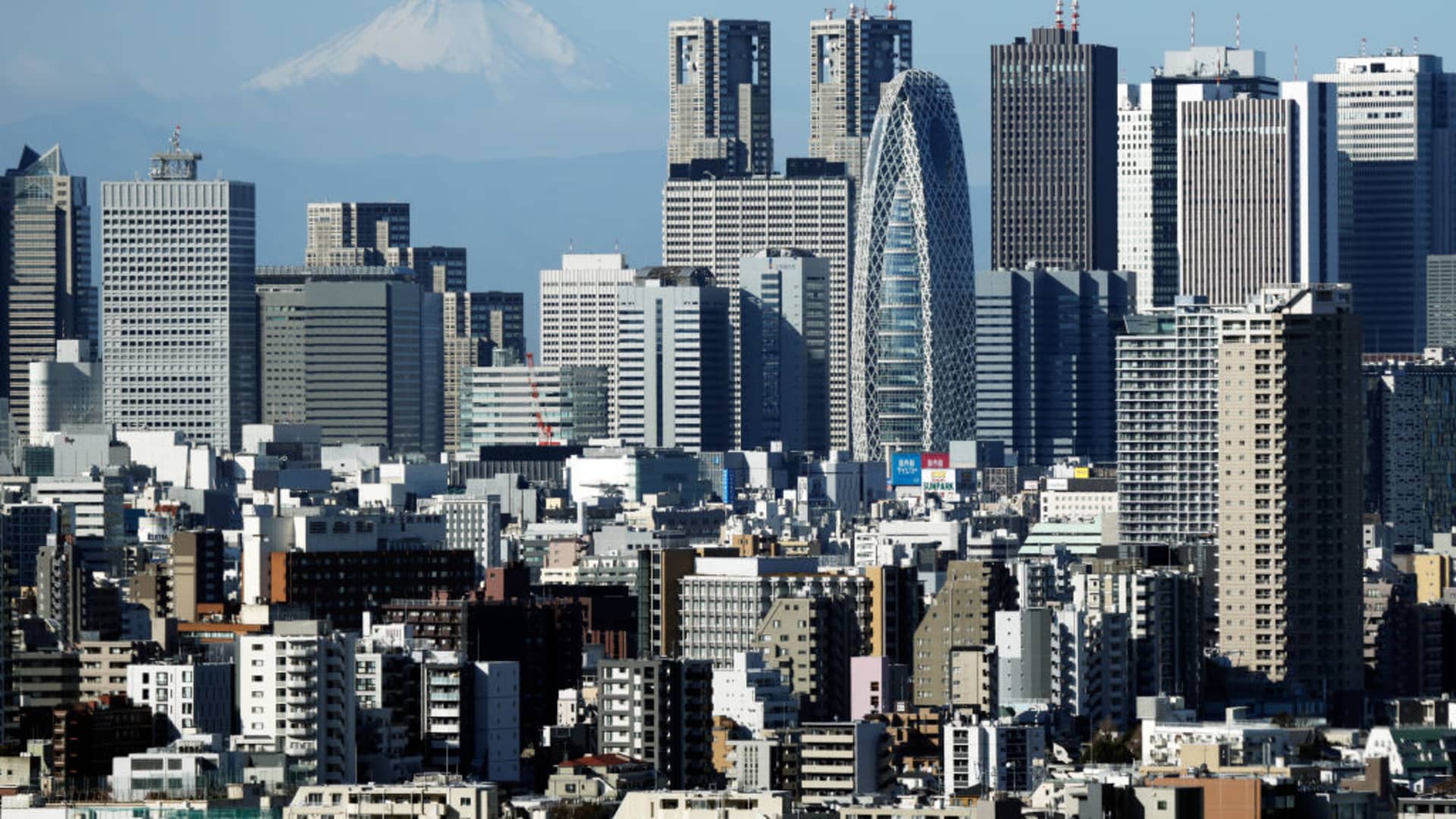Skip…

Skip…

Inflation has jumped to 3.2% in the year to September, from 2.1% in June, as waning government subsidies feed through to higher household power bills.
Any lingering chance of a rate cut next Tuesday was squashed after the new Australian Bureau of Statistics figures also confirmed a troubling rise in underlying inflation.
The Reserve Bank’s preferred trimmed mean measure – which removes the impact of large, temporary price moves – climbed by 1% in the three months to September and far ahead of the RBA’s predicted rate of 0.6%.
Sign up: AU Breaking News email
That left inflation on this trimmed mean measure at 3% in the year, against 2.7% in June.
Michele Bullock, the RBA’s governor, this week made it clear that a quarterly rise in underlying inflation of 0.9% would be a “material miss”, signalling the monetary policy board would not be prepared to deliver a fourth rate cut.
While Australians will feel the bite of higher electricity prices, what has been more concerning for the central bank is the unexpected and unwelcome lift in underlying inflation.
Bullock this week made it clear that the central bank is, for now, more worried about the prospect of resurgent inflation than a recent jump in unemployment.
Bullock said the labour market was not about to “fall off a cliff” and that the jobless measure was “still pretty low”.
after newsletter promotion

By Emily Bary
Volume growth picked up in the latest quarter, suggestive of healthy payment activity
Visa’s revenue exceeded expectations in the September quarter.
Volume growth picked up in Visa’s latest quarter, signaling a robust spending landscape.
The company on Tuesday reported 9% growth in payment volume for its September quarter, up from the 8% growth rate posted in the June quarter.
The “continued healthy consumer spending,” as described by Chief Executive Ryan McInerney, drove Visa (V) to beat revenue expectations for the latest quarter. The company posted $10.7 billion on the top line, up 12% from a year earlier and above the $10.6 billion that analysts tracked by FactSet were forecasting.
Adjusted earnings per share came in at $2.98, topping estimates by a penny.
Read: SoFi’s business is on fire, and these earnings numbers show what’s clicking
Visa benefited from 12% growth in cross-border volume, which is largely seen as a proxy for spending related to international travel but also includes things like e-commerce transactions conducted between a merchant and buyer each based in different countries. Cross-border volume tends to be more profitable than domestic volume.
Shares of Visa were edged 0.4% higher in the extended session, with the company’s outlook potentially encouraging as well. Visa just began its new fiscal year and expects a low-single-digit revenue growth rate for fiscal 2026. Analysts tracked by FactSet were looking for $44.2 billion in annual revenue, implying expectations for 10.5% growth.
“As technologies like AI-driven commerce, real-time money movement, tokenization and stablecoins converge to reshape commerce, our focus on innovation and product development positions Visa to lead this transformation,” McInerney said in his statement.
Investors will get another look at the payment-technology landscape on Thursday morning, when Mastercard Inc. (MA) reports its September-quarter results.
See also: PayPal partners with OpenAI – and its stock is rewarded
-Emily Bary
This content was created by MarketWatch, which is operated by Dow Jones & Co. MarketWatch is published independently from Dow Jones Newswires and The Wall Street Journal.
(END) Dow Jones Newswires
10-28-25 2025ET
Copyright (c) 2025 Dow Jones & Company, Inc.

Whether you are scaling a tall building or need to cross an open field faster, utilities are invaluable in Arc Raiders. They might not feel essential during your first few raids, but mastering them early will greatly improve your survival…

Yes. You can still record calls with another device or a third-party service.
The most common approach is to use a second device as a recorder: Put your iPhone call on speakerphone…

This newsletter is brought to you by Knocknoc. You can subscribe to an audio version of this newsletter as a podcast by searching for “Risky Business” in your podcatcher or subscribing via this RSS feed.
The company that formed…

Future iPhones may not have physical buttons, according to an unconfirmed report from a leaker who goes by Instant Digital, and who shared the information on the Chinese social media platform Weibo.
Tech news site 9to5Mac translated the post…

Mount Fuji and the Shinjuku skyline in Tokyo, Japan, on Friday, Feb. 14, 2025. Photographer: Kiyoshi Ota/Bloomberg via Getty Images
Bloomberg | Bloomberg | Getty Images
Asia-Pacific markets were set for a higher open Wednesday as investors awaited the Federal Reserve’s interest rate decision, widely believed to bring a second straight 25 basis point cut.
Markets are assigning a nearly 100% probability that another quarter-point reduction, on the heels of September’s cut, would bring the federal funds rate to a range between 3.75%-4.00%.
“If [Fed chair Jerome Powell] comes off dovish, bets for future Fed cuts will increase and provide more fuel to market momentum,” veteran investor Louis Navellier wrote in a daily note.
The federal funds rate, set by the Federal Open Market Committee, is the interest rate banks charge each other for overnight loans. While it doesn’t directly affect consumers, the Fed’s moves often influence borrowing costs for mortgages, credit cards and other loans.
Japan’s Nikkei 225 futures pointed to a stronger open, with the contract in Chicago at 50,745 and its counterpart in Osaka at 50,660, compared to the previous close of 50,219.18.
Australia’s S&P/ASX 200 started the day flat.
Hong Kong markets are closed for the holidays.
Overnight in the U.S., all three major averages closed higher. The S&P 500 rose 0.23% to close at 6,890.89. It had surpassed the 6,900 level for the first time on an intraday basis earlier in the day.
The Nasdaq Composite advanced 0.80% to finish at 23,827.49, while the Dow Jones Industrial Average gained 161.78 points, or 0.34%, to settle at 47,706.37. In addition to their closing highs, the tech-heavy Nasdaq and 30-stock Dow scored new all-time intraday highs alongside the broad market S&P 500.
—CNBC’s Jeff Cox, Sean Conlon and Pia Singh contributed to this report.